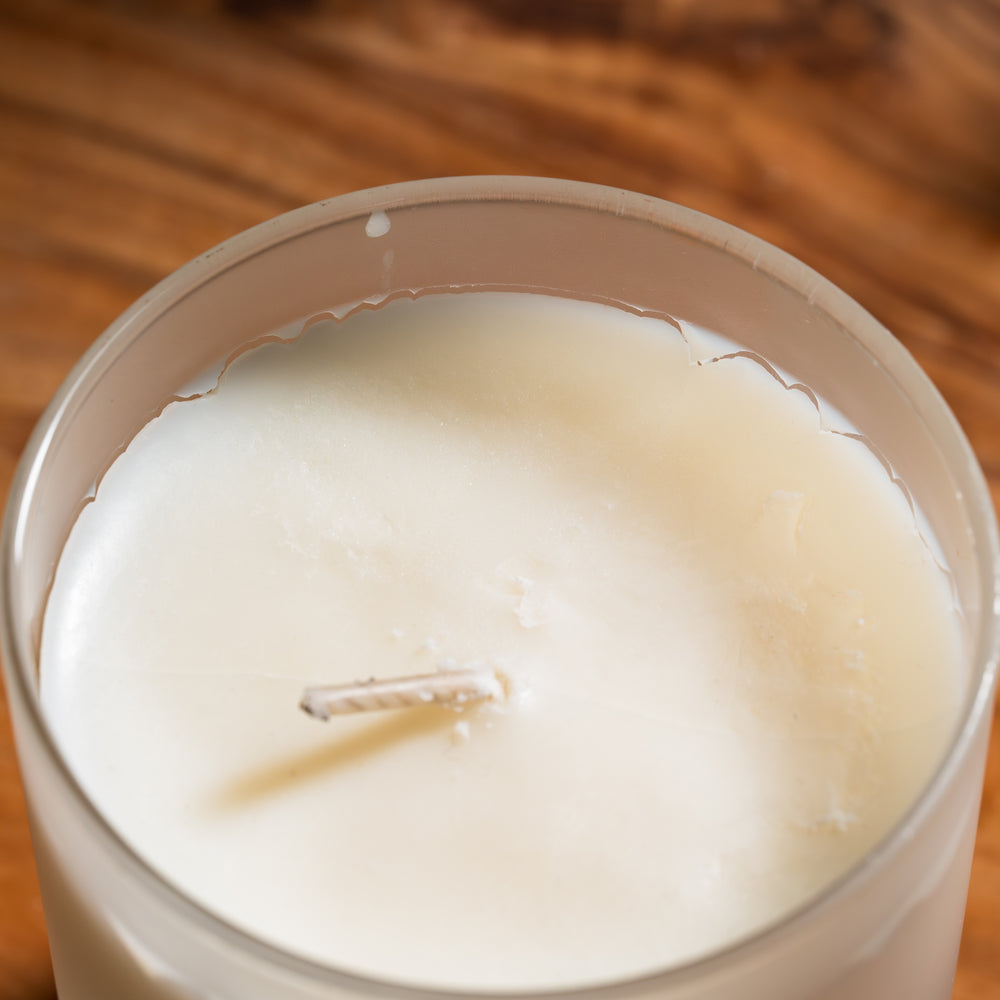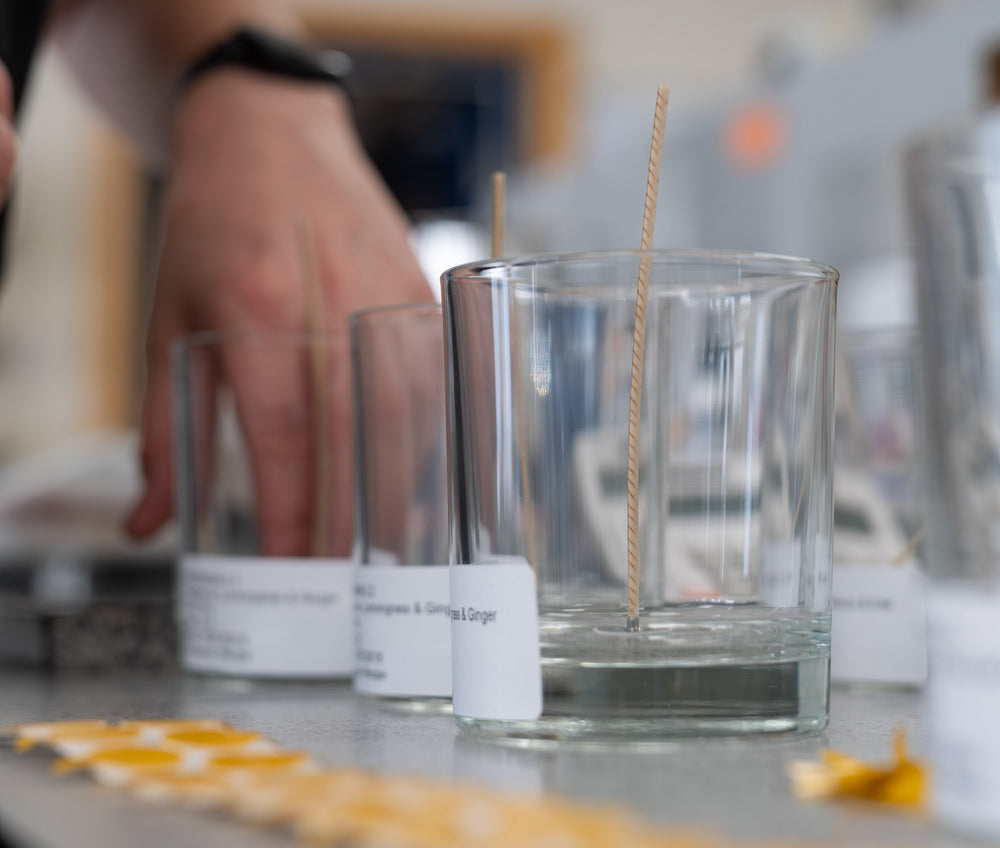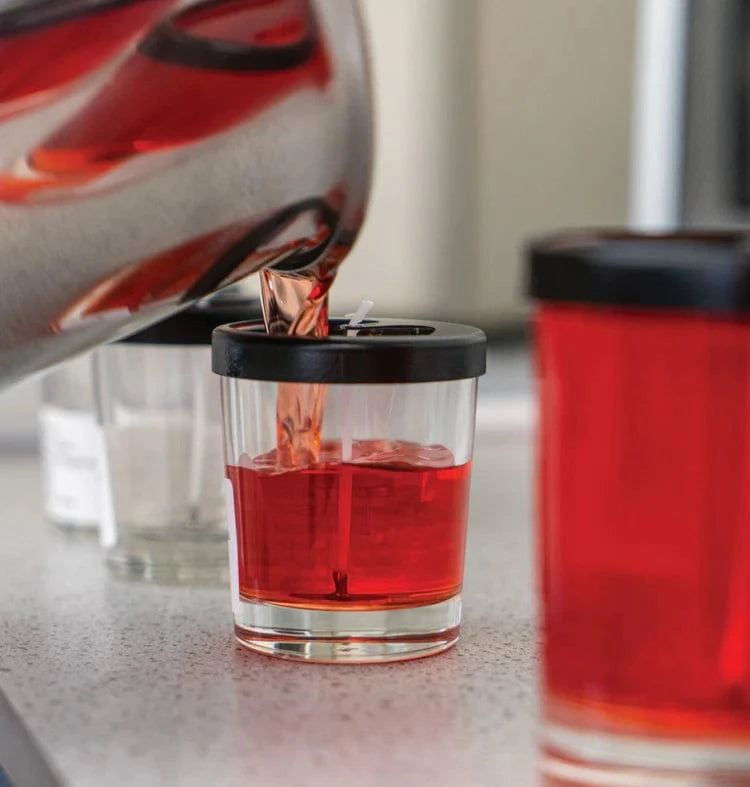Your questions, answered.
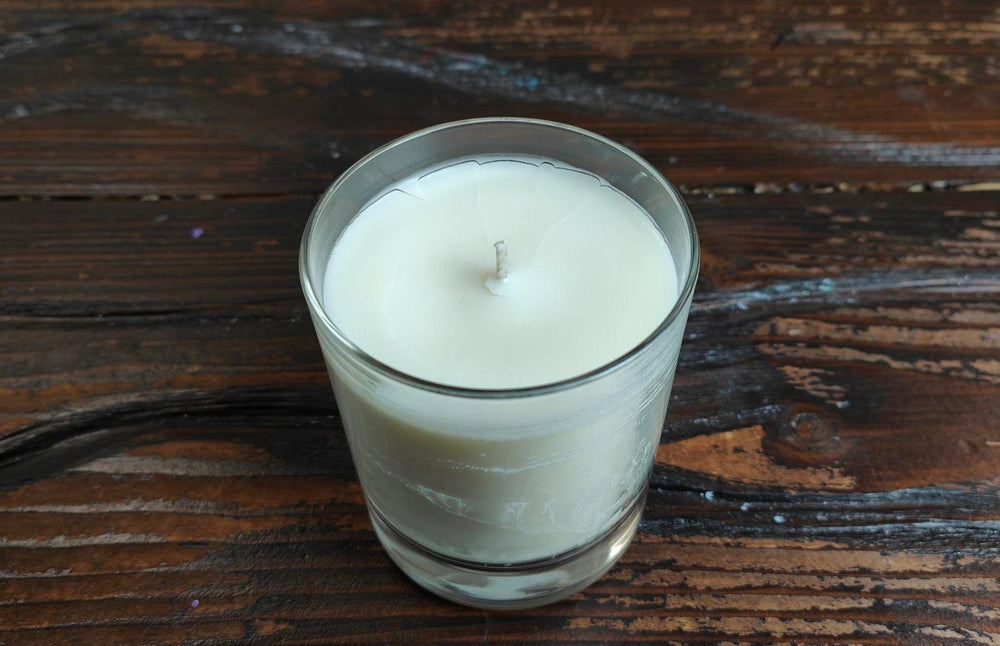
What is cracking?
Cracking is often experienced when using plant-based waxes. Cracks can appear on the surface or throughout the candle. Cracks can appear in different forms. Sometimes cracks occur as shallow localised cracks that form a rough circular shape on the surface of the candle. These cracks often appear above a cavity in the wax. Occasionally, radial cracks can form across the top of the candle, running from one edge to the other and normally passing through the wick area. Radial cracks can be deep, often running from the top to the bottom of the candle.
Why does cracking occur?
As the wax cools, it goes through different stages of crystallisation. During those phases the wax can contract and crystallise in different ways, causing cracks to occur. Cracking is a common problem in plant wax candle making, with rapeseed wax being more prone to radial cracks. Soy wax, while less likely to crack, tends to produce circular or radial cracks. If candles are allowed to cure in cool environments, they are more likely to crack.
How to avoid cracking
Temperature control
Keeping adequate and consistent pouring, cooling and storage temperatures is the best way to avoid cracking. Make sure you pour your wax mixture at the temperature recommended by the wax manufacturer. While your candles are cooling, ensure that they are not kept in a cold environment. As a rule of thumb, we would recommend cooling your candles at a steady temperature of 18°C to 25°C for 48 hours. After that, the candles can be kept at slightly cooler temperatures.
Paraffin blends
As cracking is predominantly a plant wax issue, you could choose to blend your plant wax with paraffin wax or switch to paraffin wax only.
How to fix cracking
Surface cracks can often be removed by using a heat gun for a few seconds to smooth out the cracks. Deeper cracks can also be removed by using a heat gun but they may reappear as the candle cools again.
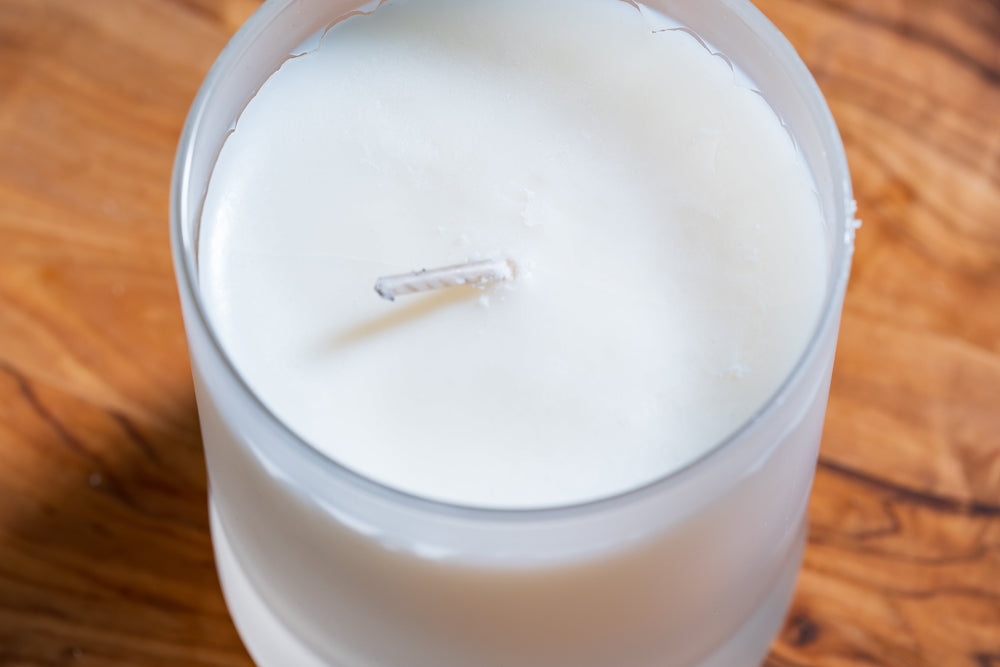
How to avoid cracking
Temperature control
Keeping adequate and consistent pouring, cooling and storage temperatures is the best way to avoid cracking. Make sure you pour your wax mixture at the temperature recommended by the wax manufacturer. While your candles are cooling, ensure that they are not kept in a cold environment. As a rule of thumb, we would recommend cooling your candles at a steady temperature of 18°C to 25°C for 48 hours. After that, the candles can be kept at slightly cooler temperatures.
Paraffin blends
As cracking is predominantly a plant wax issue, you could choose to blend your plant wax with paraffin wax or switch to paraffin wax only.
How to fix cracking
Surface cracks can often be removed by using a heat gun for a few seconds to smooth out the cracks. Deeper cracks can also be removed by using a heat gun but they may reappear as the candle cools again.
